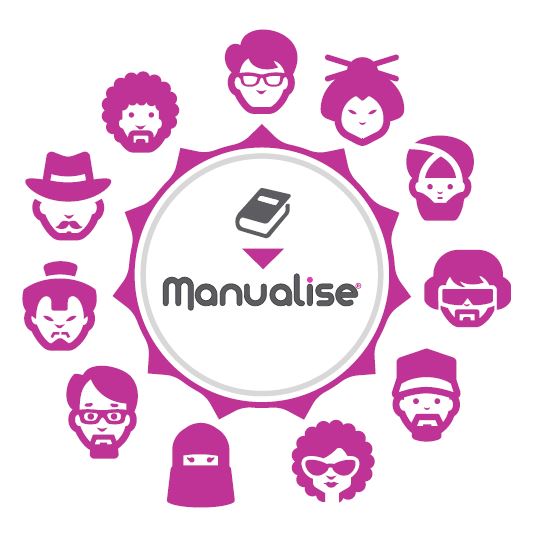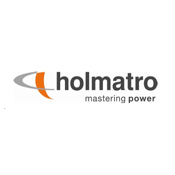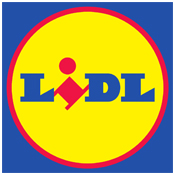Translation manual mandatory

Your manual? Translation is mandatory (in most cases)
It is one of the most popular questions for any worldwide operating technical writer: is it mandatory to translate a manual into the language of the local user? After all, English is the lingua franca wherever you are on our globe. Why, then, should one publish a manual in the local language? The answer to this question can be straightforward: in most countries, it is mandatory to translate your manual. The reason? Your own mother tongue is easier to understand.
Contents
- International requirements for language choices in manuals
- The European Union: a good example
- The disadvantage of the Latin alphabet
- The advantage of your own mother tongue
- Africa as a special case
- Let Manualise translate any text
International requirements for language choices in manuals
Each country values the fact that its inhabitants have a clear understanding of the devices that they use. This is especially so because a safe use of a product is of the utmost importance. That is why 163 countries organized themselves in the ISO, the International Organization for Standardization. Within the ISO, one can find the International Electrotechnical Commission (IEC for short). The IEC has set up a standard how to create manuals that contribute to an effective and safe use of the product in question.
The standard is called IEC 82079-1. This standard has, among other things, something to say on which language to choose in a manual. Although the standard does not state explicitly that a manual should be written in the local language of the user, it is pretty clear on its purpose. This goal is to deliver manuals that lead to an effective and safe use of the relevant product. In practice, this means that it is necessary to translate manuals into the local language of the users.
The European Union: a good example
The IEC 82079-1 standard is the foundation on which the European Union has built its own regulations when it comes to translating manuals. In short: in the EU, it is mandatory to set up manuals in the local language or local languages of the user. Indeed, if there is more than one official language in an EU country, all these languages should find their rightful place in a manual. Take Belgium. In this country a manual should have a Dutch, German and French version.
Because the EU directives are very broad in scope and binding in nature, they more often than not provide a good foundation for the rest of the world.
The disadvantage of the Latin alphabet
The Latin alphabet with its 26 letters is the most commonly used alphabet on the globe. It is also the alphabet for the English language. But it is not the only alphabet. Take the Cyrillic alphabet, used in Russian speaking countries. Or the Arabic alphabet. Countries like China and Japan also have their own set of symbols.
The fact that there are quite some countries that use their own set of symbols, means that in these countries English does not suffice as a language to write instructions in. Large parts of the population in the afore mentioned countries may speak English, using the Latin alphabet. However, the chance of misunderstanding grows exponentially if not only the local language is different, but also its alphabet.
That is precisely why in countries like China, Japan, Russia and all Arabic speaking countries it is mandatory to translate manuals in the language of the local user. This is in accordance with the standard IEC 82079-1. However, in some countries exceptions may be possible. It may be that professional machinery does not need a manual in the language of the local user. This could be the case when operators are specially trained for such a machine and speak English well enough.
The advantage of your own mother tongue
To understand a product well is to use it well. In order to understand a product well and use it safely, the user must understand what he/she is doing. The chance his/her understanding is as good as it can be, is the highest when a manual is written in his/her own mother tongue. Using the English language for non native speakers could easily lead to suboptimal results – or worse.
Take the next example. In English, the verb ‘to carry out’ means accomplishing something by coming into action. In Dutch, this English verb, when translated literally, would mean something like: to make public, to spread the news. It is here where confusion sets in quite easily.
This is the reason that organizations like the EU, ISO and IEC promote manuals that are written in the language of the local user.
Africa as a special case
Why is Africa a special case? There are two reasons for that. Firstly: English may be popular in some African countries, there still are quite a lot of other languages around in Africa, whether originating from local communities or whether coming from colonial rulers. That is why it is absolutely essential to determine which are the official local languages in any given African country.
Secondly, quite some African countries are not a member of the ISO and, as a consequence, do not subscribe to the IEC 82079-1 standard. One could think of countries like the Central African Republic, Ethiopia, Gabon, Cameroon, Liberia and Chad. Because it is not entirely clear if these countries adhere to the IEC 82079-1 standard voluntarily, it is important to make sure what relevant regulations are in place for these countries. In any of these countries, translations of manuals may be mandatory. But then again, translation may not be mandatory. In any case, translation is the preferable option, because you will understand a manual better in your own mother tongue.
Let Manualise translate any text
This article makes pretty clear that translations into the language of the local user are almost inevitable. It is important to keep in mind that translating a text amounts to more than translating into German, Mandarin, American English or British English, or any other language (by the way: both versions of English are considered to be official English in any country and only differ in details).

It is here where the term ‘localization’ (American English; ‘localisation’ in British English) comes in. Whereas a Dutchman would write ‘2.500 mensen’, an Englishman would write ‘2,500 people’, using a comma instead of a dot. A company that is very sensitive to these kinds of issues, is the Dutch company Manualise. This young company from one of the most renowned technical hotspots of the Netherlands, the city of Delft, is well-known for its international customer base. If any company can help you to determine whether translating a manual is mandatory or not, it is this company.





